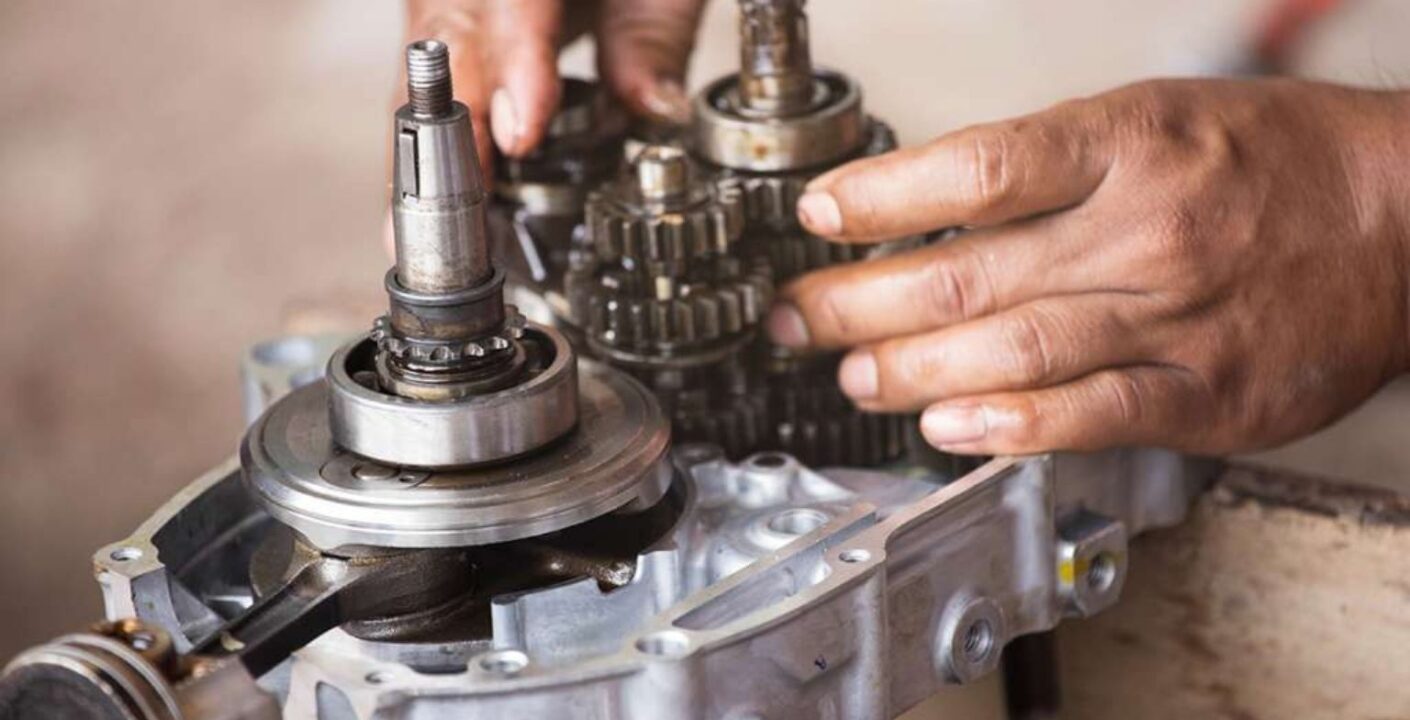Selecting the correct rock drill bit is essential for achieving maximum efficiency in drilling operations. Whether you’re working in mining, quarrying, or tunneling, choosing the wrong bit can lead to equipment failure, slow progress, and costly downtime. In this article, we’ll share 5 expert-backed tips to help you select the most suitable drill bit for your specific project and geology.
1. Understand Your Rock Type
Different rocks require different drill bits. The hardness, abrasiveness, and fracturing pattern of the rock will directly impact bit performance.
Soft to medium rocks (e.g., limestone or sandstone): Use chisel or cross bits for faster penetration.
Hard and abrasive rocks (e.g., granite, basalt): Use button bits with tungsten carbide inserts.
🔍 Tip: Conduct a simple rock test or consult geological data from the drilling site to identify the ideal bit.
2. Match the Bit to the Drilling Method
Your drilling technique (top hammer, DTH, or rotary) significantly influences bit selection.
Top Hammer Drilling: Ideal for shallow to medium depths. Requires high-impact button bits.
Down-the-Hole (DTH) Drilling: Used for deeper holes; requires DTH-specific button bits with proper flushing holes.
Rotary Drilling: Typically used for large-diameter, soft formation drilling. Requires drag or tricone bits.
🔧 Using the wrong bit for your drilling method can lead to poor energy transfer and rapid wear.
3. Choose the Correct Bit Size and Shape
Drill bits come in a variety of sizes and shapes, each designed for specific conditions.
Size: Choose based on hole diameter and drilling depth.
Button Shape:
Spherical buttons last longer and work better in abrasive rock.
Ballistic buttons drill faster in softer formations.
📐 Tip: Never oversize your bit beyond your rig’s capacity—it increases stress on the machine and shortens component life.
4. Prioritize Bit Quality and Material
Not all bits are created equal. Inferior materials or poor craftsmanship can result in frequent breakage and inconsistent performance.
Look for tungsten carbide tips, precision heat treatment, and OEM certification.
Avoid knock-offs or low-cost imports with inconsistent metal quality.
⚠️ Warning: Using low-quality bits may initially save money but will cause higher long-term costs due to frequent replacements and potential machine damage.
5. Evaluate Operating Conditions and Bit Features
Temperature, moisture, air pressure, and flushing system all affect bit performance.
Choose bits with optimized flushing holes for dusty or wet conditions.
Use anti-jamming designs when drilling fractured or layered formations.
🌡 Environmental conditions matter. A bit that works in a dry, hard quarry may fail in a muddy or underwater shaft.
✅ Final Thoughts
Choosing the right rock drill bit isn’t just a matter of picking a product off the shelf. It’s a strategic decision that affects efficiency, fuel usage, equipment wear, and job timelines.
At DLC Mining Store, we offer a wide range of rock drill bits—chisel, cross, button, DTH, and more—customized for your drilling project. Our experts can help match the correct bit to your machine, rock type, and operational needs.
🛒 Browse Our Full Range of Rock Drill Bits and Spare Parts:
👉 http://dlcminingstore.com/shop



